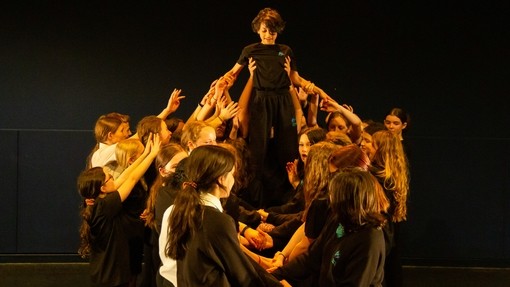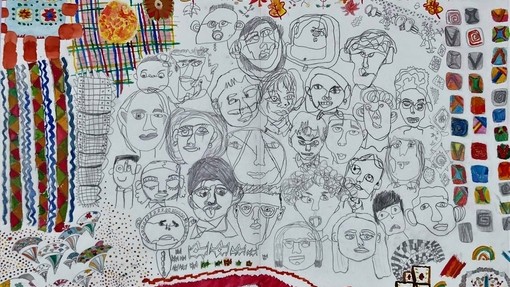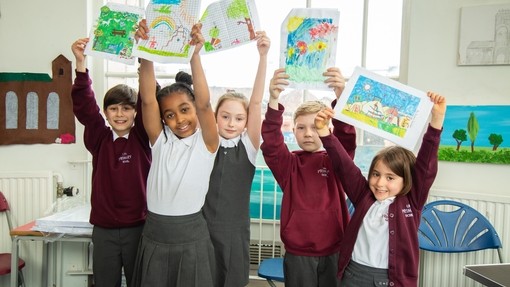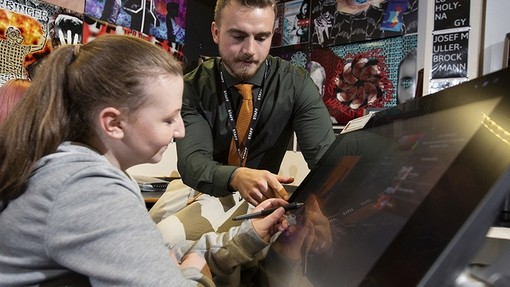
The importance of creative communities
This year, we made changes to the Artsmark Framework (previously known as the Self Assessment Framework) to better serve all schools on their Artsmark journey, and better align with Arts Council England’s 10-year strategy Let’s Create. In doing so, Artsmark provides more ways for schools and settings to reflect the broad range of your achievements, and enhance your development - wherever you are on your journey. Part of this change includes valuing the wonderful ways that schools use the arts to build strong communities, both within and beyond the setting.
One of the criteria in the new Artsmark Framework is cultural collaboration. Each criterion is just as important as the next, and there is no hierarchy or specific order to them. For this year’s Celebration Week, we thought it was particularly critical to celebrate cultural collaborations and the community that can be formed, strengthened, or expressed around them, as the education sector continues to adapt to the impacts of Covid-19. A sense of community can improve young people’s personal development, educational attainment, and most importantly, wellbeing. In developing creative collaborations, we’re able to expand and strengthen our idea of community and build a sense of ownership, belonging, and pride.

The pandemic has highlighted the positive impact creative and cultural communities can have in the world. It’s been inspiring to see the role creativity has played in communities expressing their beliefs, intentions, and needs. Important movements like Black Lives Matter and #MeToo demonstrate the power of communities and collaboration, making necessary cultural shifts, opening discussions, and advocating for a more inclusive and fair society. These movements have led to many settings using creativity to promote respect and celebrate diversity in their school communities. Whilst assessing for Artsmark, I have noticed settings have increasingly encouraged their children and young people to explore and give voice to issues that are important to themselves, their communities, and the wider world.
I’ve been delighted to read about the ways schools are building creative communities. Some are using drama to explore issues of tolerance, respect, diversity, and inclusion. Others are giving children and young people a strong voice in shaping their arts experiences to be more relevant to their lives and heritage. Creative collaborations are not only being made with external organisations and practitioners but between year groups and the wider school community. Some settings have brought staff together through choirs or theatre, and others have collaborated beyond their settings to develop a cultural community at a strategic level. Whatever impact creativity is making in your community, shout it from the rooftops. Now more than ever, we must prioritise teaching for creativity to give all children the opportunities they deserve. Creativity shouldn’t be constricted to one corner of the curriculum. Creativity in Chemistry is different from creativity in theatre, but it is valuable to both. Thank you to all the schools and settings that are part of the Artsmark community; for bringing learning to life through arts, culture, and creativity.




